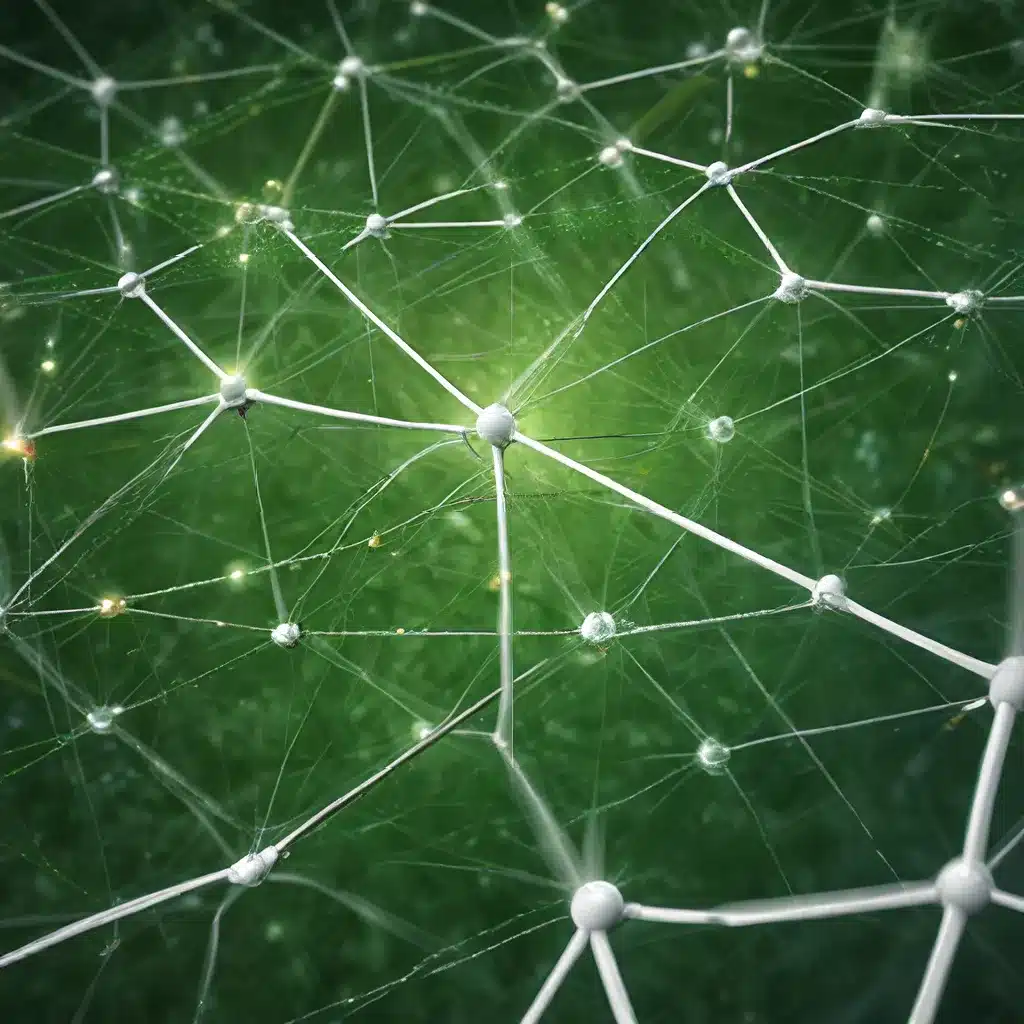
In the ever-evolving landscape of technological advancements, the role of sensor networks and Internet of Things (IoT) applications has become increasingly pivotal. As we strive to build a more sustainable future, these innovative systems have emerged as powerful tools for optimizing energy consumption and generation. This article delves into the intricacies of sensor network design, explores various IoT use cases, addresses security concerns, and examines strategies for efficient energy management.
Sensor Network Design: Balancing Functionality and Efficiency
At the heart of sustainable energy management lies the sensor network, a complex web of interconnected devices designed to gather, analyze, and transmit data. Crafting an effective sensor network requires a careful consideration of numerous factors, from network topology and communication protocols to power management and data processing.
One of the primary challenges in sensor network design is striking the right balance between functionality and energy efficiency. Wireless sensor networks (WSNs), for instance, offer the advantage of increased mobility and reduced infrastructure, but they also face unique power constraints. Researchers have explored various strategies to address this challenge, such as optimizing sensor node placement, implementing energy-efficient routing algorithms, and leveraging adaptive sampling techniques to minimize energy consumption.
IoT Applications for Energy Management
The Internet of Things (IoT) has revolutionized the way we interact with and manage our energy resources. By integrating sensor networks with cloud computing, data analytics, and automation technologies, IoT-based systems have paved the way for intelligent energy management solutions.
One prominent application of IoT in energy management is smart grid technology. Smart grids employ a network of sensors and connected devices to monitor and optimize the generation, distribution, and consumption of electricity. This enables real-time tracking of energy usage, predictive maintenance of grid infrastructure, and dynamic pricing models that incentivize energy-efficient behaviors.
Another key IoT application in the energy sector is building automation. IoT-enabled building management systems can automate lighting, HVAC, and other energy-intensive systems based on occupancy, weather, and energy demand data collected by a network of sensors. This optimization of energy usage within buildings has the potential to significantly reduce overall energy consumption and costs.
Securing Sensor Networks and IoT Devices
As the reliance on sensor networks and IoT devices grows, the importance of cybersecurity becomes increasingly paramount. Sensor networks and IoT systems are vulnerable to a wide range of security threats, including data breaches, unauthorized access, and denial-of-service attacks. Addressing these challenges is crucial for ensuring the reliability, integrity, and privacy of the data collected and transmitted by these systems.
Researchers and industry experts have proposed various security protocols and frameworks to enhance the protection of sensor networks and IoT devices. Techniques such as encryption, access control, device authentication, and intrusion detection have been widely explored to mitigate security risks and safeguard critical energy infrastructure**.
Energy-Efficient Sensor Network Design
Optimizing the energy consumption of sensor networks is a key priority in the pursuit of sustainable energy management. Energy-efficient sensor network design involves a multifaceted approach that considers hardware optimization, software optimization, and energy harvesting strategies.
Hardware optimization may include the use of low-power microcontrollers, energy-efficient sensors, and advanced power management integrated circuits (PMICs). Software optimization, on the other hand, can be achieved through duty-cycling, data compression, and efficient routing algorithms that minimize the energy required for data transmission and processing.
Furthermore, energy harvesting technologies, such as solar cells, piezoelectric generators, and thermoelectric converters, have emerged as promising solutions to power sensor nodes autonomously, reducing the reliance on battery-powered devices and the associated maintenance costs.
The Future of Sensor Networks and IoT in Energy Management
As the world continues to grapple with the challenges of climate change and resource depletion, the role of sensor networks and IoT in energy management is poised to become increasingly crucial. Advancements in sensor technology, 5G communications, and edge computing are paving the way for more robust, responsive, and scalable energy management systems.
Moreover, the integration of sensor networks with emerging technologies, such as artificial intelligence (AI) and blockchain, holds the potential to revolutionize the way we optimize energy consumption, predict demand, and incentivize energy-efficient behaviors. AI-powered analytics can help identify patterns, anomalies, and opportunities for improvement, while blockchain-based energy trading platforms can facilitate peer-to-peer energy exchange and transparent energy accounting.
As we navigate the path towards a more sustainable future, the collaboration between researchers, industry leaders, and policymakers will be essential in driving the adoption and innovation of sensor network and IoT technologies in the energy sector. By leveraging these powerful tools, we can unlock new frontiers of energy management and pave the way for a more resilient and eco-friendly energy landscape.
Visit https://sensor-networks.org/ to explore more insights and resources on sensor networks and IoT technologies.